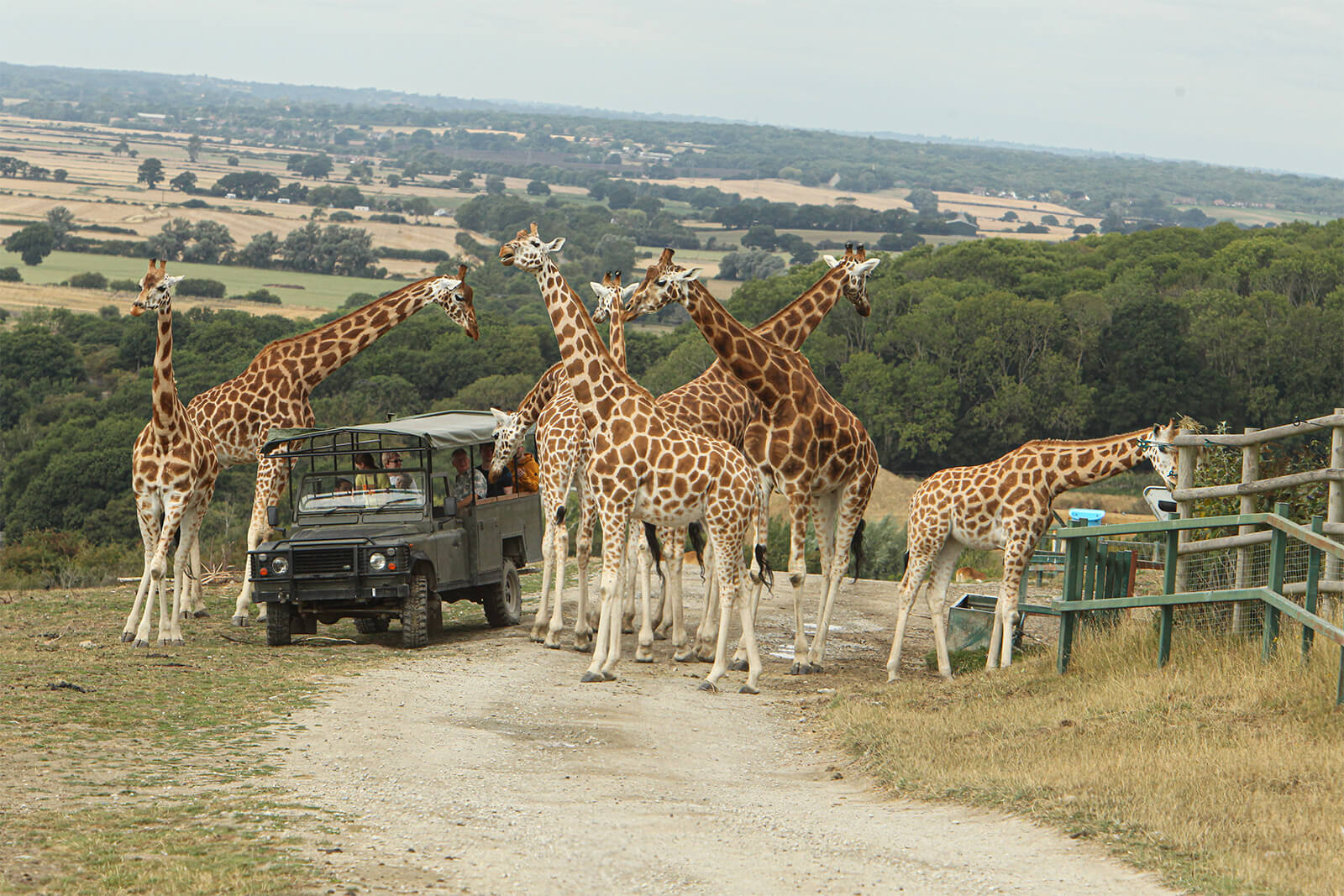Child seat laws for under 12-year-olds explained and how drivers could risk £500 fine
As the UK continues to reopen, and with more family trips on the horizon, parents are being reminded to ensure that their children's car seats remain suitable and safe.
By law children must remain in a car seat until they're 12 years-old - or they have reached a safe height to be able to travel without one.
And any driver caught with children not strapped into a vehicle in the correct way could risk a hefty fine and perhaps points on their licence.
With many youngsters likely to have grown significantly since the start of the pandemic, we take a look at the law around children's car seats and the dos and don'ts when getting everyone strapped-in for a trip this summer.
When should a child use a car seat?
Children, by law, must remain in a car seat until they're 12 years old or 135 centimetres tall, whichever comes first.
Youngsters aged over 12 - or who are taller than 135cm - must wear a seat belt when in a car instead.
Families can choose car seats either based on their children's height or those classified in groups determined by weight. Only EU-approved weight-based child car seats can be used in the UK - and these will have a label showing a capital ‘E’ in a circle.
Whether you have a weight or a height-related seat - it is important to check your offspring are in the correct seat for their size. This also applies to additional seats that may belong or are regularly lent to other family members, for example grandparents, who may now be returning to transporting youngsters more frequently.
What about booster seats?
In 2017 the law around booster seats - or booster cushions - was changed for safety reasons.
A booster seat, which is often cheaper than a high-back car seat, can help to raise a child's body to a height suitable for using the adult seatbelt while many have ‘horns’ that help a car’s adult seatbelt sit properly across a child’s tummy.
From March 1, 2017, new backless booster seats were only approved for older children weighing more than 22kg or taller than 125cm. Backless booster seats made or bought before this date are still legal for children weighing between 15 and 36kg so if you own one that falls within this criteria you could still use it for a youngster within this range.
But some consumer groups such as Which? recommend parents continue choosing high-back chairs instead - unless boosters are being used for short journeys or in an emergency. Which? warns that children can sometimes struggle to keep the seatbelt in place over their shoulder when sitting on a booster and the cushion-style seats offer little protection during a crash particularly if a vehicle was hit from the side. You can read more about that here.
Can a child ever travel without a seat?
Children aged three or older can travel in the back seat of a car without a car seat and without a seat belt if the vehicle doesn't have one.
In most cases, children under three must always be in a child car seat but there remains some exceptions to the law such as if the baby or toddler is travelling in a taxi, is in a minibus or coach or on an unexpected journey for example in an emergency.
In private hire vehicles such as minicabs, if the driver can't provide a car seat, children can travel without one of they remain in a rear seat. If they're three or older they must be secured with an adult belt or without a seat belt if they're under three. Learn more about exceptions here.
Breaking the law
Drivers who fail to ensure children are safely strapped in using the correct car seat, which is fitted properly, could risk a £500 fine. Penalty charges also apply for drivers caught travelling with children aged under 14 who aren't wearing a seat belt while you're driving.
Joel Kempson, insurance expert at comparison site Uswitch, warns: “There’s no cargo more precious than children, so you really can’t take too many precautions when it comes to their car safety. It can be tempting on short journeys to bypass car seats, but anything can happen at any time.
"Parents and guardians should always follow the laws and rules and ensure they are prepared. As well as risking their children’s safety, if you’re caught driving with a child without having a seatbelt or child seat in place, you could face a £500 on-the-spot fine."
If you're loading the car up for a trip away this summer, find out how to avoid a £5,000 fine or points on your licence when doing so here.
Keep up-to-date with developments on transport and stories that will impact how you travel





